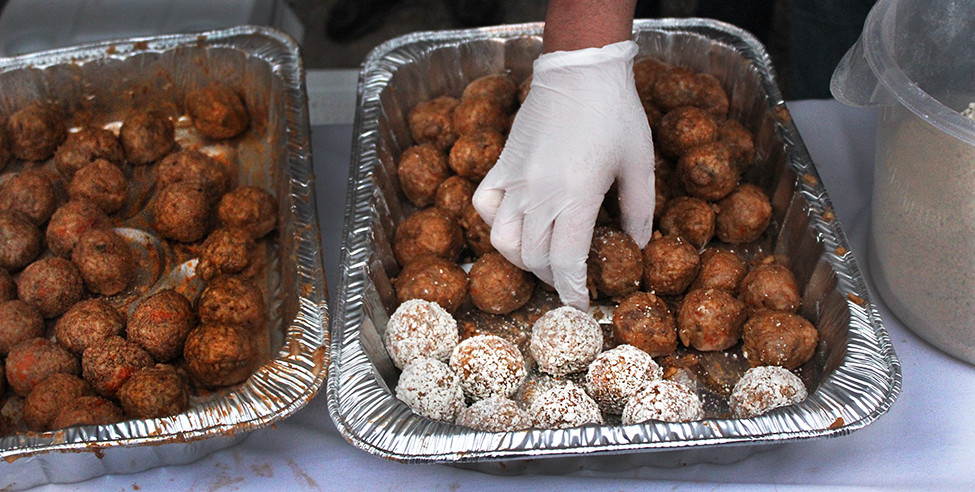A Sneak Peek // Louisiana’s Backyard

by Ana Pizzolio, Features Editor Record-breaking hard freezes and hurricanes have directly affected Louisiana’s citrus industry for decades. The persistence of the farmers, support of locals and incentives from the local government is what keeps the production going until today. You can see the community involvement in the promotion of the local citrus crop at […]
The Po’Boy // A Piece of Louisiana History

by Ana Pizzolio, Features Editor A loaf of french bread split open, filled with meat and dressed properly is not just a sandwich; THE FAMOUS NEW ORLEANS PO’BOY is a piece of Louisiana’s history. The Oak Street Po’boy Festival celebrates the richness of Po’boy sandwiches with lots of music, arts and innovative takes on the […]
Big Boys // Can Cook

by Ana Pizzolio, Features Editor THE BIG BOY’S MAIN STREET COOK-OFF unites the best of South Louisiana’s culture: the flavorful dishes of cajun cuisine prepared by locals with fresh ingredients. Over 45 teams gathered on historic downtown Thibodaux on November 11, to prepare traditional dishes such as jambalaya, gumbo, etouffee and much more. “This is […]
